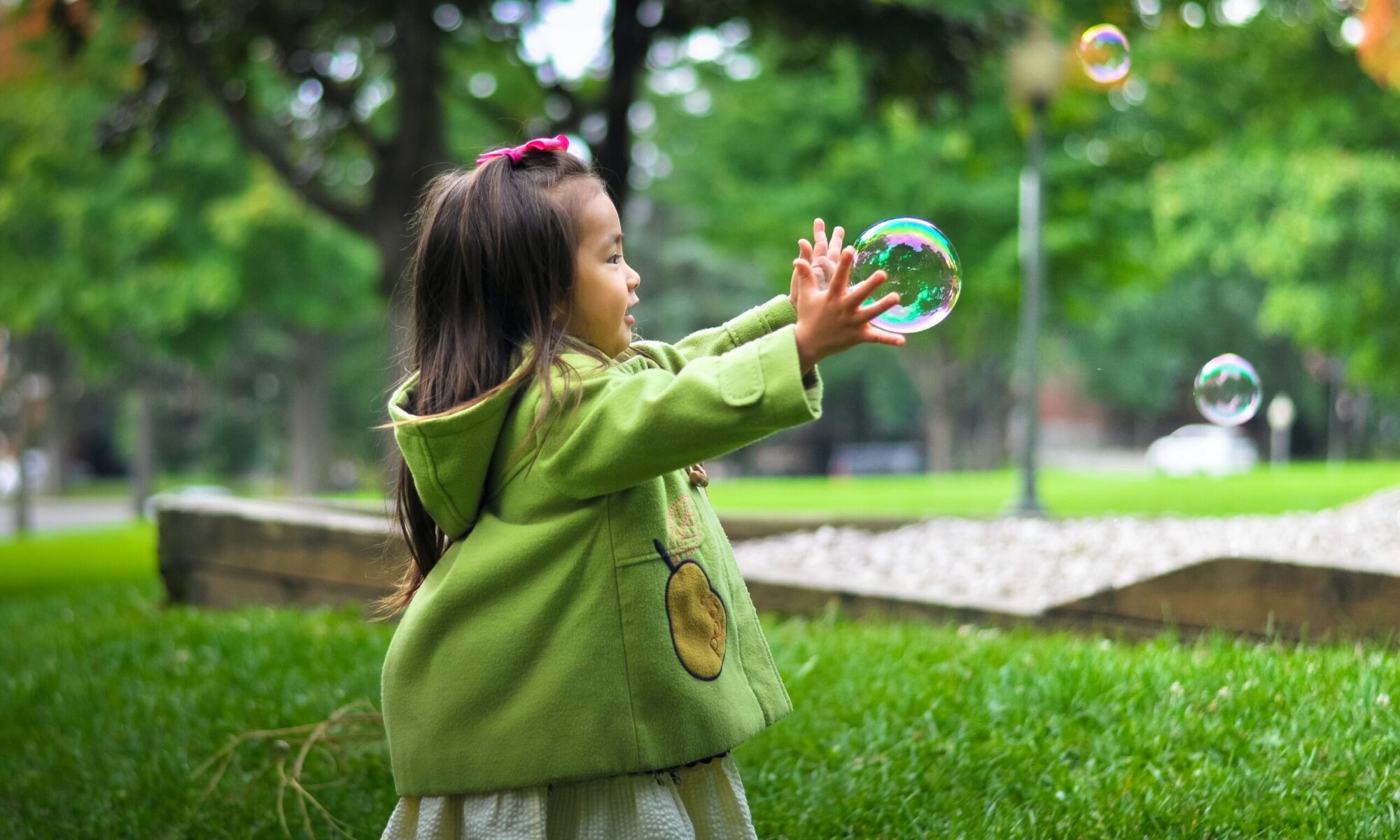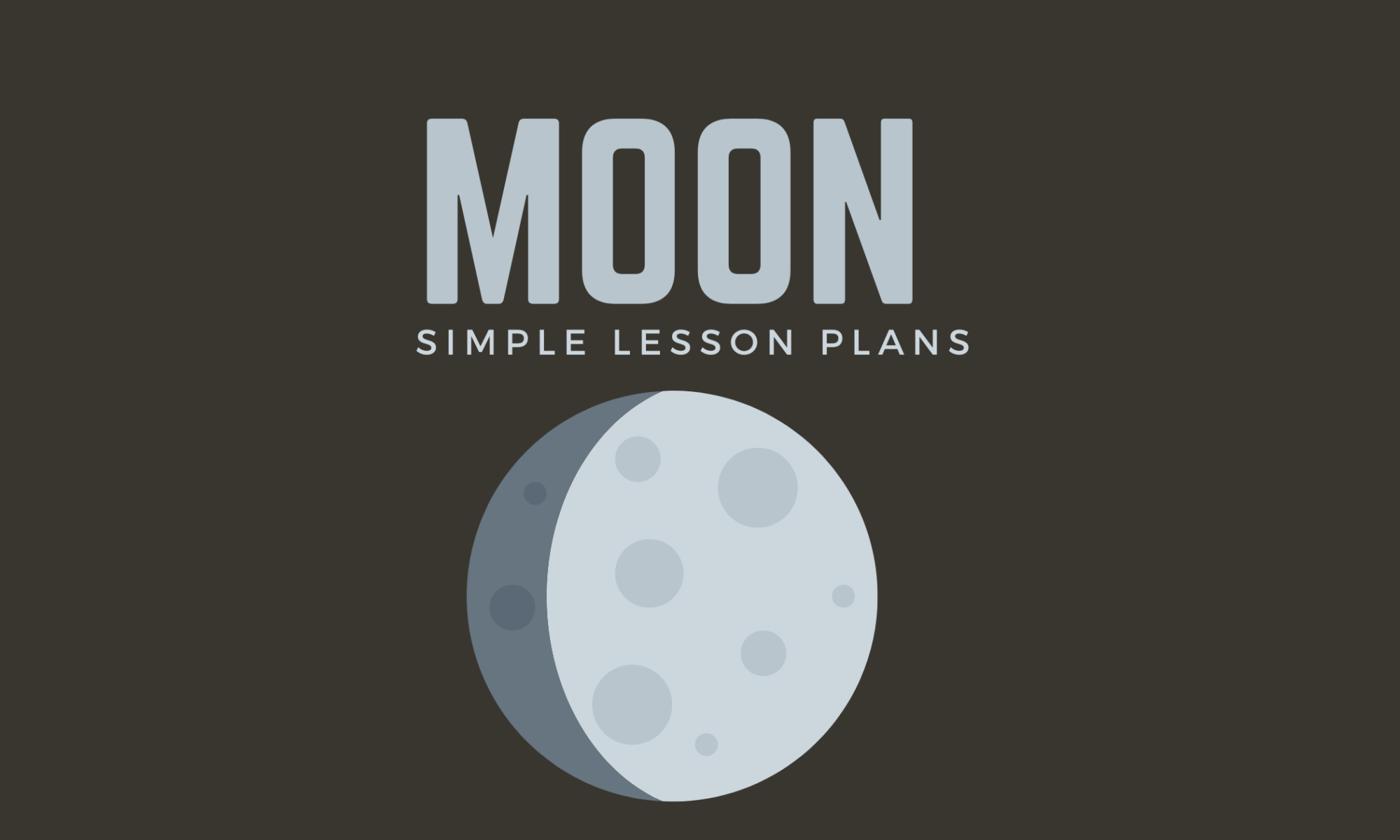Moon lesson plans were developed to support the child while learning phases of the moon.
Montessori inspired activities that cover the required core subjects and are simple for working parents.
Here are 11 moon lessons that meet the Washington State required homeschooling subjects:

Art Appreciation
Be an Astronaut!
Materials:
- Download the Astronaut printable
- Color and cut
- Paste child’s face inside helmet
Finger Paint Planets
- Finger paint the Sun, Earth and Moon
- Hole punch star shapes or trace/cut
- Tape sticky, clear contact paper up on a window
- Let child place the sun, earth, moon and stars on contact paper
Music: In The Sky
(to the tune of Farmer in the Dell)
- The sun is in the sky
- The sun is in the sky
- Hot and bright it gives us light
- The sun is in the sky!
- The moon is in the sky
- The moon is in the sky
- Round and round the earth it goes
- The moon is in the sky!
- The stars are in the sky
- The stars are in the sky
- Far and bright and out at night
- The stars are in the sky!

Health: Physical Education
Astronaut Training
Download a free astronaut training checklist pdf here.
The stars are left blank to allow for multiple different uses.
You can laminate or slip inside an Avery clear plastic sleeve and write the number completed inside the star.
It was summer when we created this unit so our family did the astronaut training outside.
Collecting “moon rocks” from our garden bed and taking them back to our “rocket ship” the playground.
At the end of the week the children received a NASA astronaut t-shirt. We found ours on a recycled kids clothing app.
Cosmic Kids Yoga (YouTube)
Cosmic kids yoga on YouTube was a brilliant introduction to adding yoga into our morning routine. Now, the kids are able to follow our lead or lead us in this family activity.
Here are a few links to space themed yoga:

Reading and Writing
Storytelling Basket
- Book: “Pappa, Please Get the Moon for Me” by Eric Carle
- First read the book together for a few days before introducing the objects
- Free YouTube version is available here by illuminated films.
- Fill a small basket with objects to match the story
- Moon
- Ladder
- Little girl and dad
- Cat
- Introduce the basket while you read the story together, your child will naturally tell you the story with the objects.
Magic Treehouse
- Book: “Midnight on the Moon” by Mary Pope Osborne
- This book is $5.99
- I have not listened to it yet but there appears to be a free audio version read aloud on YouTube by John Jimerson.

Science Experiments
Sorting Moon Rocks
- Materials:
- Box with two holes in the side
- Plastic Wrap over top (or open)
- Mark one side “small” and one side “BIG”
- Kitchen gloves (or winter mittens)
- Children sort the rocks small and big
Once you have your box set up, children can work together or take turns sorting the BIG and small rocks.
Making Moon Rocks
Ingredients:
- 4 cups baking soda
- ¼ cup water
- Glitter
- Black food coloring
- Prepare your table for Goo
Directions:
- Mix baking soda and glitter together
- Add water
- Add food coloring
- Form mixture into rock shapes
- Let rocks sit overnight
Explosion:
- Vinegar in a bowl
- Transfer vinegar with syringes
- Play in Goo

Mathematics
Sand Numbers
Level 1
- Child will practice drawing numbers in sand with their finger or wooden stick
Level 2
- Child will complete math problems writing the answer in the sand with finger or wooden stick
Alternate Ideas:
- Extra fun to put the sand in a clear tray over a light table
- Garden dirt works well too
Graphing
- Printed Material
- $1.25 by “Little Ducklings.”
Level 1
- Use the star strips or unit cubes to measure the object
- A parent (or older sibling) will help write in the units number
- Child will color in the squares
Level 2
- Use a ruler to measure the length of the object
- Write number on the sheet
- Color in the graph
Montessori Principle
Maria Montessori famously said, “Follow the child, but follow the child as his leader.”
The phrase “follow the child” does not mean to let the child do whatever they want.
Rather, an understanding that the child has their own pattern.
Pay careful attention to their interests and the activities they are naturally drawn to.
Monitor their understanding and development of skills.
Use these observations to be their guide.
Take into account where the child is at, rather than imposing your own idea of what the child should learn at that time.
When homeschooling, if a child needs more time in a particular area, they have the freedom to take time and really develop that concept or skill.
And, when they have mastered a skill or concept, they have the opportunity to learn more through extensions or more complex work to build on their knowledge of the concept.
I promise you are already doing more than you realize. Children learn best when they are loved, respected and in a safe environment. You are their best teacher.


2 Replies to “Moon Lesson Plans”
Comments are closed.